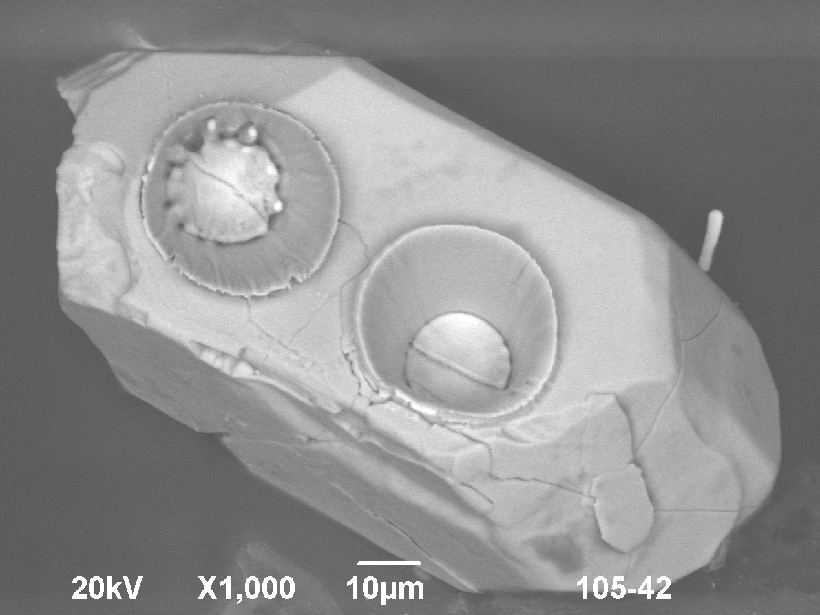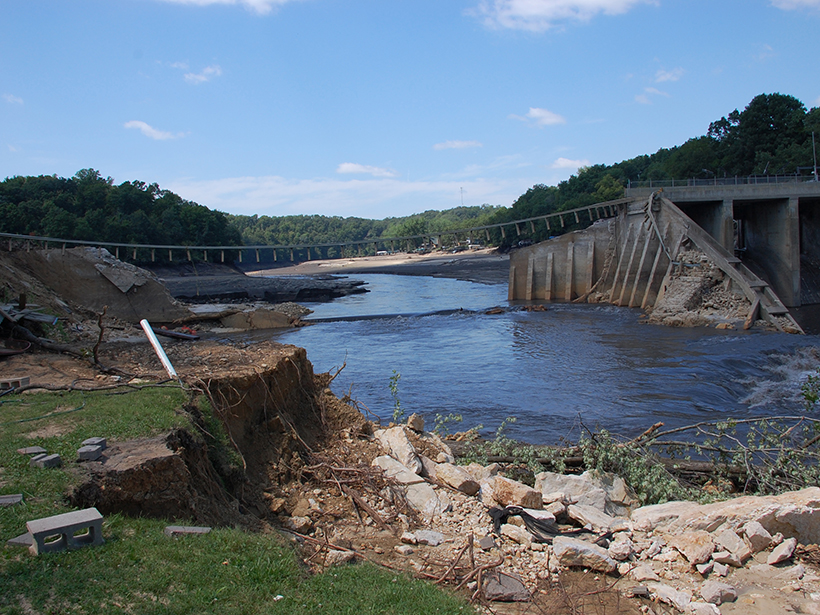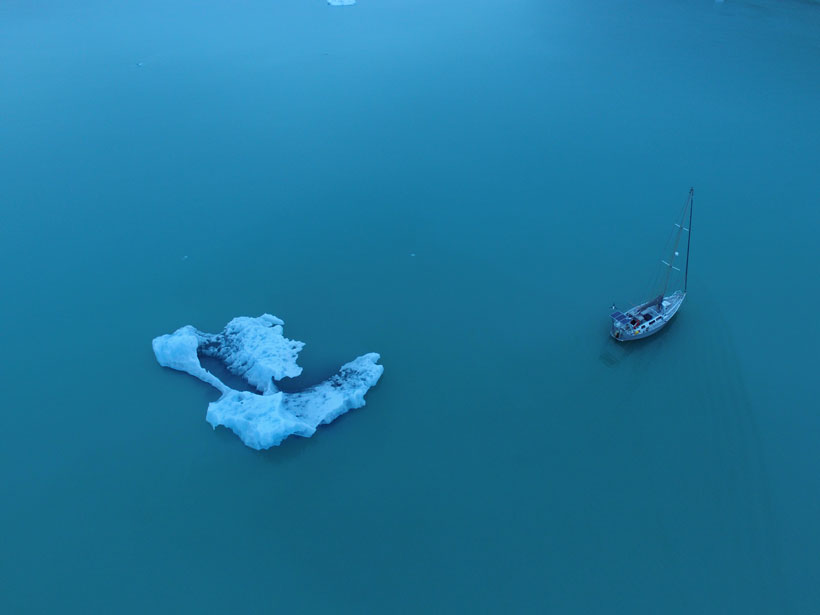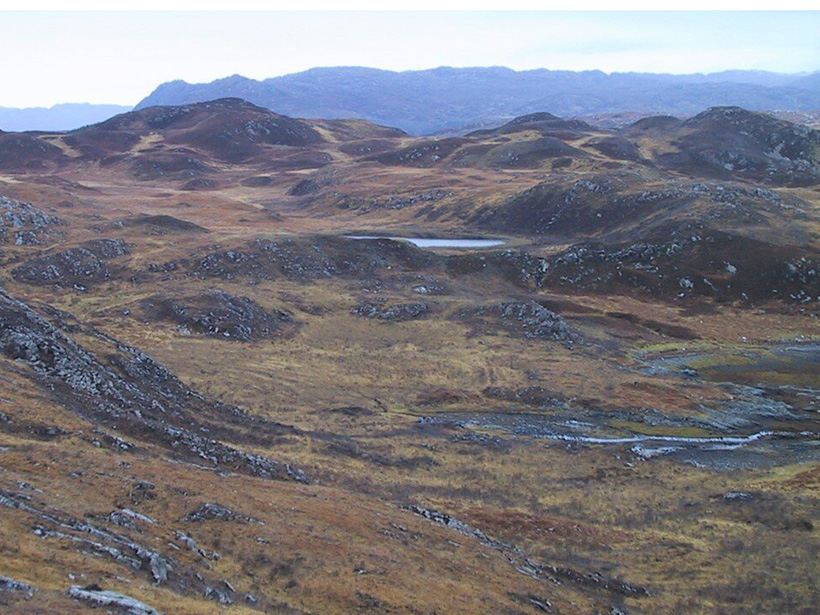The number and intensity of floods are increasing—they can inundate neighborhoods in Chennai in just 15 minutes. New models can pinpoint and help warn vulnerable areas hours or even days in advance.
News
Vestiges of a Volcanic Arc Hidden Within Chicxulub Crater
Scientists discovered magmatic remnants of a volcanic arc by dating granitic rocks of the middle crust excavated by, and hidden within, the Chicxulub impact crater.
Below Aging U.S. Dams, a Potential Toxic Calamity
Documents suggest that in more than 80 U.S. locations, the failure of an aging dam could flood a major toxic waste site.
Siltation Threatens Historic North Indian Dam
Experts recommend reforestation campaigns to combat siltation at Bhakra Dam, one of the first infrastructure projects pursued by India after independence.
Climate Clues from One of the Rainiest Places on Earth
One of the world’s rainiest places lies off Colombia’s Pacific coast. New field research sheds light on the Chocó low-level jet, a phenomenon responsible for the region’s precipitation.
Planning and Planting Future Forests with Climate Change in Mind
The climate is warming too fast for some trees to catch up. Planting seeds from warmer regions can bolster future forests, but that requires a significant shift in forestry practice.
Studying Arctic Fjords with Crowdsourced Science and Sailboats
A new study demonstrates the benefits of crowdsourcing science using sailboats to better understand the impact of melting sea ice in the Arctic.
Species of Feces Help Phytoplankton Feed Itself
The unicellular plants more readily take up iron in the presence of salp feces than in krill feces, an experiment in Antarctica reveals.
An Ancient Meltwater Pulse Raised Sea Levels by 18 Meters
Meltwater pulse 1A, a period of rapid sea level rise after the last deglaciation, was powered by melting ice from North America and Scandinavia, according to new research.
Fifteen Years of Radar Reveal Venus’s Most Basic Facts
Venus’s heavy atmosphere tugs the planet’s surface enough to change the length of its day by up to 21 minutes.










